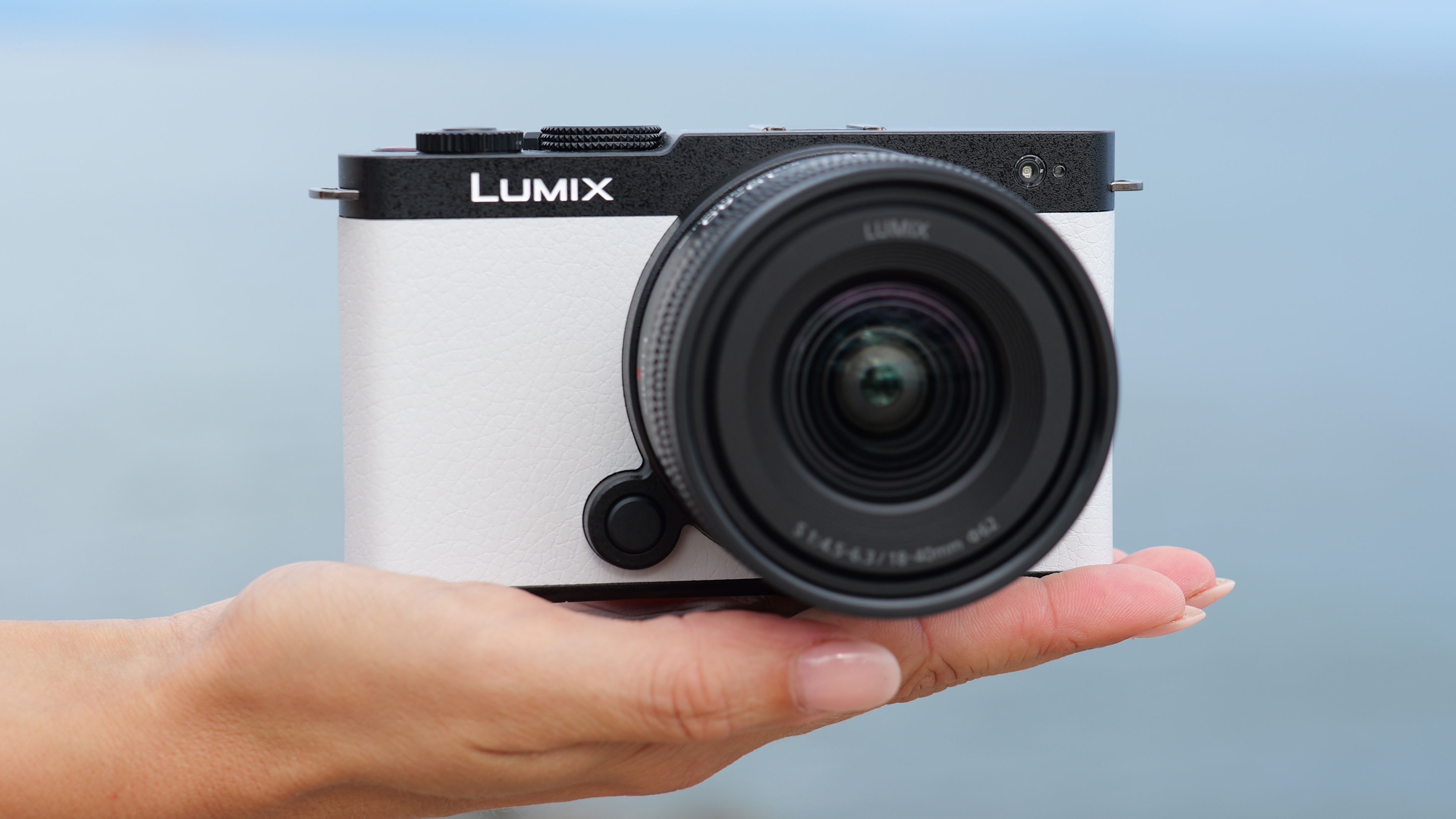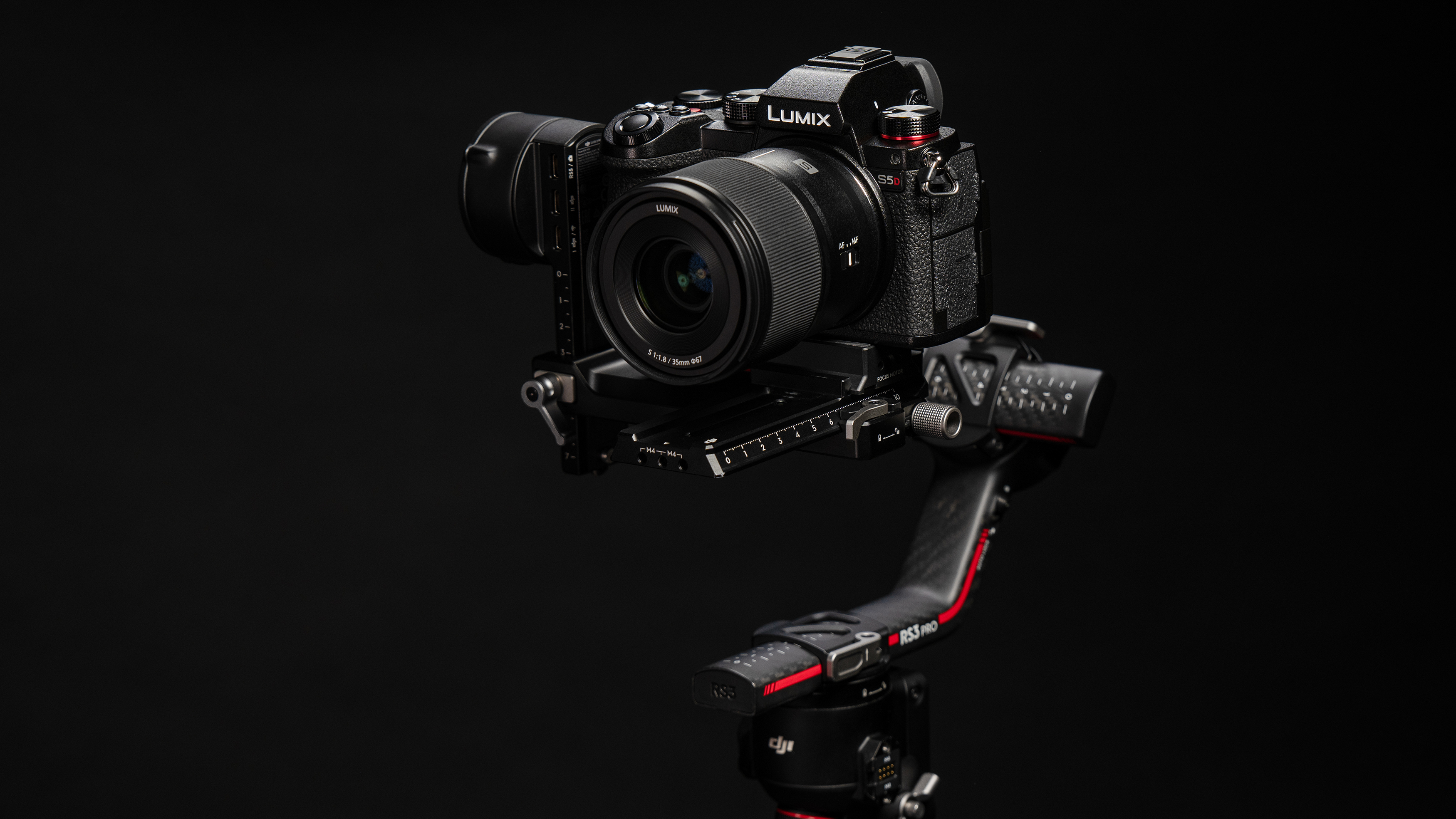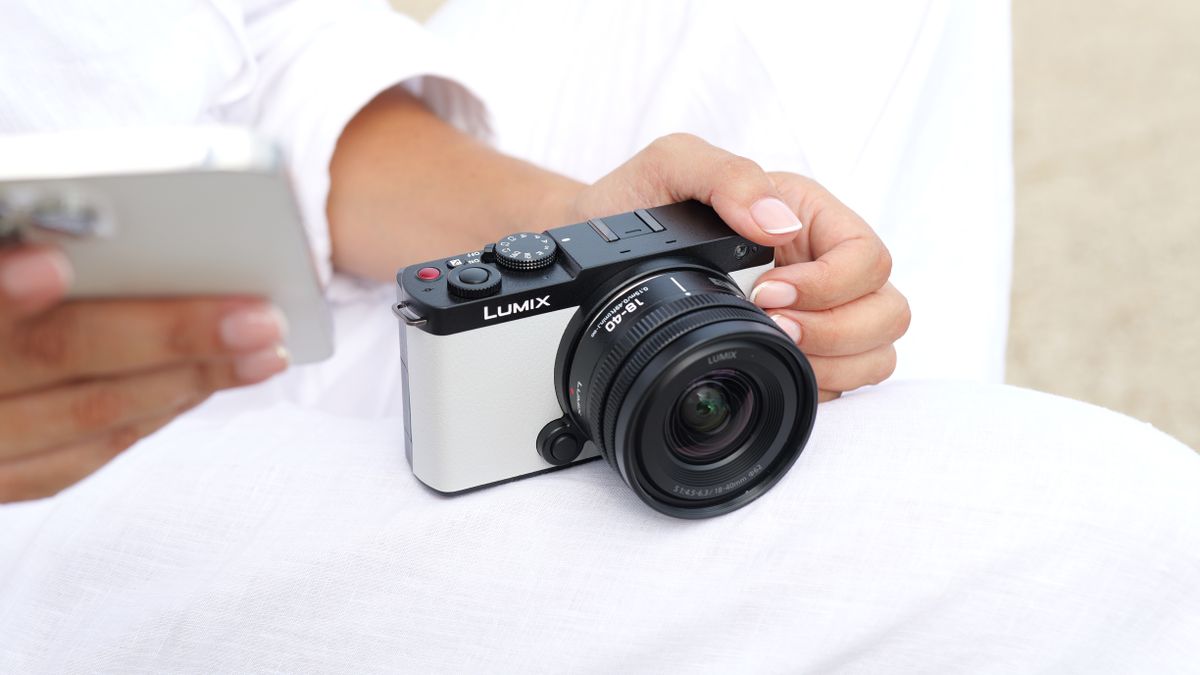Panasonic has officially launched the world’s smallest and lightest zoom lens with autofocus for full-frame cameras – the Lumix S 18-40mm F4.5-6.3 – and it’s an ideal pairing with its Lumix S9 mirrorless camera, for which Panasonic has also released a big firmware update, available from October 9.
With those two moves, Panasonic has made big strides in improving its polarizing Lumix S9 for content creators, a camera that we labeled “small, simple, powerful, flawed” in our Lumix S9 in-depth review. With firmware version 1.1 installed, the S9 could be realizing its potential as one of the best YouTube cameras, with the option to remove recording time limits, improved compatibility with the Lumix Lab app that now includes remote shooting, plus handy frame markers to show what’s in your shot for up to three aspect ratios simultaneously.
Alongside the new lens and firmware update, Panasonic has announced a ‘Smokey White’ colorway for the Lumix S9 (see below) for the same list price as other colors ($1,499 / £1,499), as well as a low-cost variation of the Lumix S5, the Lumix S5D. Let’s unpack the key bits you need to know about all these releases.

New lens and new firmware – a new experience?
When I reviewed the Lumix S9, I felt that Panasonic had missed a trick by creating a mirrorless camera with interchangeable lenses, rather than a fixed-lens compact camera with a large sensor, like the Leica Q3 or Fujifilm X100VI. That’s because with no obvious L-mount lenses in the Lumix S-series to complement the tiny S9, the camera’s compact form felt rather redundant. Panasonic hopes to remedy that with the new 18-40mm lens, which is the world’s smallest and lightest autofocus zoom lens for full-frame cameras.
The 18-40mm, which costs $499 / £499 / AU$899, weighs just 0.34lb / 155g and measures just 40.9mm in length when retracted. And despite its tiny proportions, the lens packs a decent array of features, including a wider than average 18mm perspective that’s ideal for video creators, weather resistance, focus breathing suppression, plus decent close focusing capabilities – just 0.15m / 0.49ft.
However, the maximum aperture of the lens could be enough to put off serious creatives who want the creamy shallow depth of field that a compact prime lens with a wider maximum aperture could deliver – for example, there are many small and cheap f/2.8 aperture prime lenses kicking around already, while the aforementioned Leica and Fujifilm cameras have even faster built-in lenses.

If I was looking to buy the Lumix S9, which has some amazing video features such as 6K open gate recording and Real-Time LUTs, I’d still be hoping that a compact and wide aperture lens is also on the horizon.
That said, Panasonic has addressed many of the Lumix S9’s cons with a decent firmware update. No longer is there a tight cap on video record times, while the addition of more subject detection autofocus modes is welcome, and the inclusion of remote shooting in the Lumix Lab app feels like an obvious win. Before the update, Panasonic’s app and camera functionality felt too limited to really resonate with young content creators.
Panasonic should be commended for improving its Lumix S9 through a decent firmware update and a complementary compact lens. It’s an excellent value video camera that with these improvements makes more sense for its intended users.
